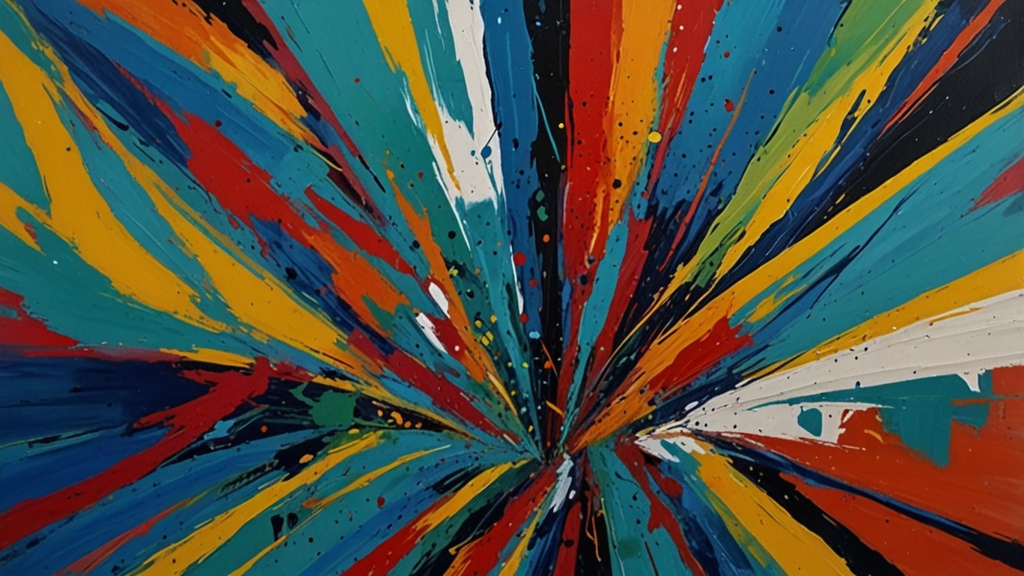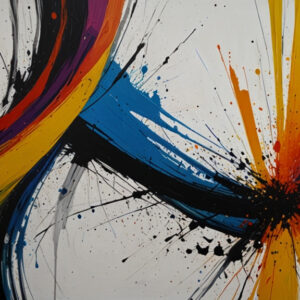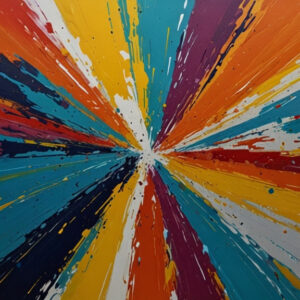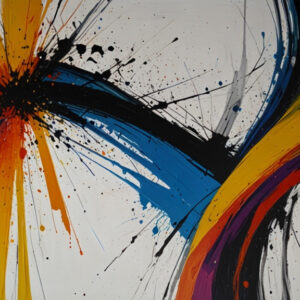Description
The marimba, with its roots in African and Latin American music, is known for its deep, resonant tones and is often used in orchestral and solo performances. Its unique structure, consisting of wooden bars and resonators, makes it an intriguing instrument to recreate in 3D. Whether you are a musician looking to visualize your instrument in a virtual space, a product designer aiming to showcase the marimba in a digital showroom, or an educator in need of an accurate 3D representation for instructional purposes, our service is tailored to meet your needs.
This comprehensive service ensures that the 3D model of the marimba is not only accurate in form but also in the essence and craftsmanship of the instrument. We take great care in ensuring that each component, from the bars to the resonators and the stand, is meticulously designed to reflect the authentic look and feel of the marimba.
Understanding the Marimba: A Unique Instrument
The marimba is an instrument with a rich history and a deep cultural significance. It’s not just a collection of wooden bars laid out in a sequence; it’s an instrument that carries with it the heritage of the regions from which it originates. The marimba’s wooden bars are struck with mallets to produce deep, resonant tones, and each bar is paired with a resonator tube to enhance the sound produced.
When creating a 3D model of the marimba, it’s important to understand the instrument’s anatomy:
- Bars: The marimba has wooden bars arranged in a chromatic scale. The length and width of each bar vary depending on the pitch it produces.
- Resonators: These are the tubes located beneath each bar. They amplify the sound and are typically made from metal.
- Frame: The frame supports the entire structure, often made from wood or metal, and holds the bars and resonators in place.
- Mallets: While not always part of the physical marimba, mallets are an integral part of playing the instrument and can also be included as part of the 3D model.
Each of these elements needs to be precisely modeled to create an accurate representation of the instrument. Every bar has its own unique size and shape, and the spacing between the bars must be true to life. Additionally, the resonators must be accurately shaped and positioned to reflect the way they interact with the bars to produce sound.
The Process of 3D Model Creation
The process of creating a custom 3D model of a marimba is intricate and detailed. It starts with a consultation to understand the specific needs of the client. Whether the model is intended for display in a virtual showroom, for use in digital art, or for educational purposes, the final output must meet the client’s expectations in both aesthetic quality and accuracy.
1. Initial Consultation
The first step in the creation of a custom 3D model is a detailed consultation. This is where we work closely with the client to understand their specific needs. Some clients may require a basic model, while others may need a high level of detail, such as including wood grain texture on the bars or realistic reflections on the resonators. We also gather reference materials, such as photographs, sketches, or technical drawings of the marimba, which will help guide the design process.
2. Reference Gathering and Research
A thorough understanding of the marimba is crucial in creating a 3D model that is both accurate and aesthetically pleasing. This phase involves gathering all necessary reference materials, such as high-resolution images of the marimba, dimensions, and any other pertinent details that will influence the design. This information is essential for ensuring that the final model will not only look like a marimba but will also feel authentic.
During this phase, we also research any specific design requests the client may have. For example, if a client wants a model of a historical marimba or a custom-built instrument, we ensure that we have all the necessary details to create a faithful representation.
3. Modeling the Marimba
Once all reference materials are collected, the actual 3D modeling process begins. Using advanced 3D software, we create the base structure of the marimba, starting with the bars. Each bar is modeled according to its precise dimensions and placed in the correct position on the marimba. The bars are arranged in a similar way to a piano keyboard, with both natural and accidental notes. The spacing, thickness, and length of each bar are critical to ensuring that the marimba looks and feels real.
Next, the resonators are added. These metal tubes sit beneath the bars and are crucial for producing the rich tones that the marimba is known for. In 3D modeling, the resonators must be placed accurately to maintain the instrument’s balance and realism. The shape, size, and even the material of the resonators are carefully recreated based on the reference material.
Finally, the frame of the marimba is built. This includes the legs, support beams, and any additional components that hold the marimba together. The frame is not only functional but also an aesthetic part of the instrument, often crafted from wood or metal, and requires detailed attention to texture and material properties in the 3D model.
4. Refinement and Detailing
Once the basic model is complete, the next step is refining and adding details. This includes texturing the wooden bars to give them a realistic grain, applying the appropriate materials to the resonators to ensure they reflect light correctly, and adding any additional details such as mallets or music stands.
During this phase, we also fine-tune the model to ensure that it meets the client’s specifications. This may involve making adjustments to the size of certain components, repositioning elements for better balance, or enhancing the texture of specific parts to improve visual realism.
5. Quality Control and Final Review
Before delivering the final 3D model, we conduct a thorough quality control check. This involves reviewing the model from multiple angles, ensuring that all textures and materials are correctly applied, and verifying that the model is free from any errors or inconsistencies. We also provide the client with a preview of the model to ensure that it meets their expectations.
If any adjustments are needed, we make them during this phase. Once the client is fully satisfied with the model, we finalize the file and prepare it for delivery in the required format.
Applications of 3D Marimba Models
Custom 3D marimba models have a wide range of applications across various industries. Whether you are a musician, educator, or designer, a well-crafted 3D model of a marimba can be an invaluable asset.
1. Virtual Showrooms and Product Displays
For music retailers or manufacturers of marimbas, a 3D model can be used to showcase products in a virtual showroom. This allows potential customers to view the instrument from all angles and examine its features in detail before making a purchase. A well-rendered 3D model can provide a more immersive and interactive experience than traditional photographs or videos.
2. Digital Art and Design
3D models of marimbas are also useful for digital artists and designers who need high-quality representations of musical instruments for their work. Whether it’s for an album cover, a digital painting, or a video game, a custom 3D model of a marimba can add a touch of realism and authenticity to any project.
3. Education and Instructional Materials
In an educational setting, having a detailed 3D model of a marimba can be a valuable teaching tool. Music educators can use the model to explain the different parts of the instrument, demonstrate how it’s played, and provide students with a close-up view of its structure and mechanics. The 3D model can also be animated or integrated into interactive applications to enhance the learning experience.
Why Choose Our 3D Model Creation Service?
Our custom 3D model creation service stands out for several reasons. We prioritize quality, attention to detail, and customer satisfaction, ensuring that every model we create is a true representation of the instrument it portrays. Here are a few reasons to choose our service:
- Expertise in Musical Instruments: Our team has extensive experience creating 3D models of musical instruments, and we understand the intricacies of the marimba.
- Customization: We work closely with each client to ensure that the final model meets their specific needs, whether it’s for a product display, digital art, or educational purposes.
- High-Quality Models: We use advanced 3D modeling software and techniques to create models that are not only accurate but also visually stunning.
- Customer Satisfaction: We are committed to delivering models that meet or exceed our clients’ expectations. Our process includes multiple review stages to ensure that the final product is perfect.
Conclusion
The creation of a custom 3D model of a marimba is an intricate process that requires a deep understanding of both the instrument and the art of 3D modeling. Our service offers high-quality, fully customized 3D models that can be used for a variety of applications, from virtual showrooms to educational tools. By focusing on precision, detail, and client satisfaction, we ensure that each model we create is a true reflection of the marimba’s unique character and craftsmanship.





Reviews
There are no reviews yet.